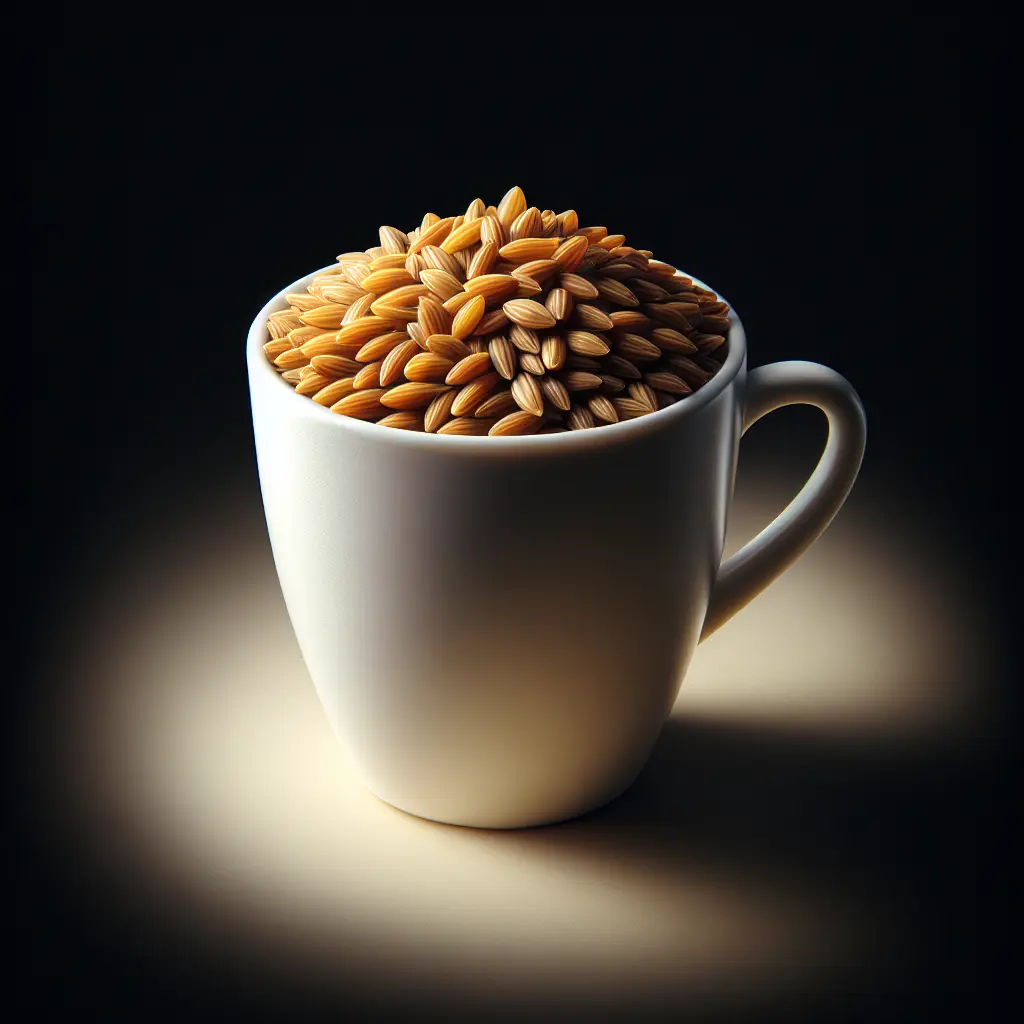Farro: An Ancient Grain with Modern Appeal
Farro, an ancient grain dating back to prehistoric times, has recently gained popularity due to its unique nutritional profile and culinary versatility. This whole-grain food, originating from the Middle East, is a member of the wheat family and offers a distinctive nutty flavor and chewy texture.
Nutritional Value of Farro
Farro is a nutrient-rich grain that provides an array of essential vitamins, minerals, and fiber. One cup of cooked farro (160 grams) contains:
- Calories: 337
- Protein: 15 grams
- Fat: 2.1 grams
- Carbohydrates: 71 grams
- Fiber: 11 grams
- Sugar: 7.8 grams
This nutritional composition makes farro a good source of:
- Complex carbohydrates: Farro's high fiber content promotes satiety and supports digestive health.
- Protein: As a complete protein source, farro provides all nine essential amino acids.
- Iron: Rich in iron, farro contributes to red blood cell production and oxygen transport.
- Magnesium: This mineral supports muscle function, nerve transmission, and blood sugar control.
- Antioxidants: Farro contains antioxidants that protect against cellular damage.
Health Benefits of Farro
Incorporating farro into your diet may offer several health benefits:
- Improved heart health: The fiber in farro helps lower cholesterol levels, reducing the risk of heart disease.
- Reduced inflammation: Antioxidants in farro combat inflammation throughout the body.
- Improved blood sugar control: Farro's low glycemic index helps regulate blood sugar levels.
- Weight management: Farro's high fiber content promotes fullness and reduces calorie intake.
- Enhanced digestion: The insoluble fiber in farro supports regular bowel movements.
Culinary Uses of Farro
Farro's versatility extends to various culinary applications:
- Salads: Cooked farro adds a hearty and nutritious base to salads.
- Soups and stews: Farro's chewy texture complements soups and stews.
- Risotto: Farro can be used as a substitute for rice in risotto dishes.
- Casseroles: Farro adds a nutty flavor and texture to casseroles.
- Breakfast bowls: Cooked farro can be combined with yogurt, fruit, and nuts for a nutritious breakfast bowl.
Farro's unique flavor and nutritional value make it an excellent choice for health-conscious individuals seeking a nutritious and versatile grain to incorporate into their diet.
How many calories are in Farro?
Each 1 cup of Farro contains 337 calories.
Farro Nutritional Information
| Nutrient | Amount per 1 cup (100g) |
|---|---|
| Calories | 337 Calories |
| Protein | 15g |
| Fat | 2.1g |
| Saturated Fat | 0.2g |
| Cholesterol | 0mg |
| Carbohydrates | 71g |
| Dietary Fiber | 11g |
| Sugar | 7.8g |
| Sodium | 0.005mg |
| Potassium | 0.403mg |
| Calcium | 0.022mg |
| Iron | 0.0038mg |
